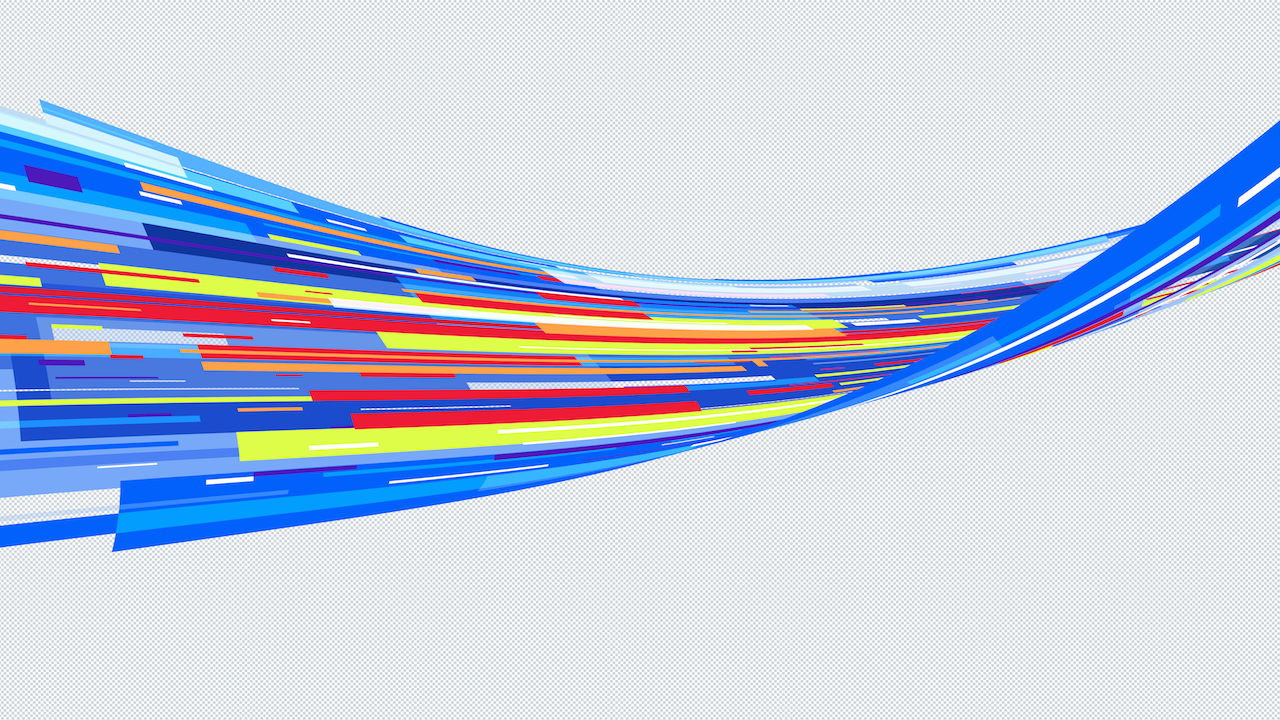Byte-Sized Lesson: Overlooked IP Basics

This is the first of a two-part lesson. Each part will address some basic IP principles that seem to be overlooked when we debate about which approach is best in solving AV problems. We tend to get lost in the details of signaling method, proprietary chip, cable type, and so forth. In this lesson we are going to focus on two fundamental ideas: layered models and multicasting.
The Seven Layer Model, specified by the International Standards Organization (ISO), was published in the late 1970s. Many authors have written that it was significantly promoted by the U.S. federal procurement process. IBM used one technology set for data storage and processing. Xerox dominated workstations. The Digital Equipment Corporation (DEC) was the principle supplier of manufacturing computers. Each company used a different group of communications protocols, making it almost impossible to purchase and integrate the systems. The layering architecture separated the main functions needed for communications and provided guidance to companies on how to make the systems work together. Meanwhile, the internet community was developing protocols called TCP and IP. However, the IP group finished the development of their protocols before the ISO published their documents. An illustration of this disconnect is the fact that TCP is considered a layer-four protocol but has layer-five functions. Layer five is the session layer and is supposed to be responsible for creation and termination of a session. Yet, TCP, a layer-four protocol, does that for each communication. There are many other situations like this where TCP/IP violates the seven-layer model. This may be the reason many writers now refer to the five-layer model: they collapse functions of the top three layers into one layer called the application layer. Both models are just guidelines, so following one rather than the other is not a critical matter in system development.
Related: Byte-Sized Lesson: What Causes Latency?
Our second topic is multicasting. While many individuals in the AV industry have discussed multicasting, there is much more to this concept than the fact that multicast IP addresses begin with 224-239. The idea of a multicast is based on the mathematical concept of a relationship in which one is related to many. For example, one IP address sends a message to many IP addresses. However, multicasting is possible at layer two with Ethernet addresses and at layer four with port numbers.
At layer two, the first bit in the hardware address designates whether the message is being sent to one address or to many addresses. If the first bit is a binary 0, the message is a unicast to one device. If the first bit is a binary 1, the message, a multicast, is sent to many different stations. A subset of this condition is when all the bits are set to binary 1. In this case, it is the special multicast we call a broadcast.
Likewise, layer-four messages are typically sent from one port on the server to many different devices running the same application. Each client station is receiving from the single server port, but each is using a different port number. There are a few exceptions at layer four where the client and the server use the same port. However, here, the IP addresses serve to separate the conversations.
In the next lesson we will consider two new, but closely related topics: half- vs full-duplex and statistical multiplexing.
A daily selection of features, industry news, and analysis for tech managers. Sign up below.
Phil Hippenstel, EdD, is a regular columnist with AV Technology. He teaches information systems at Penn State Harrisburg.
